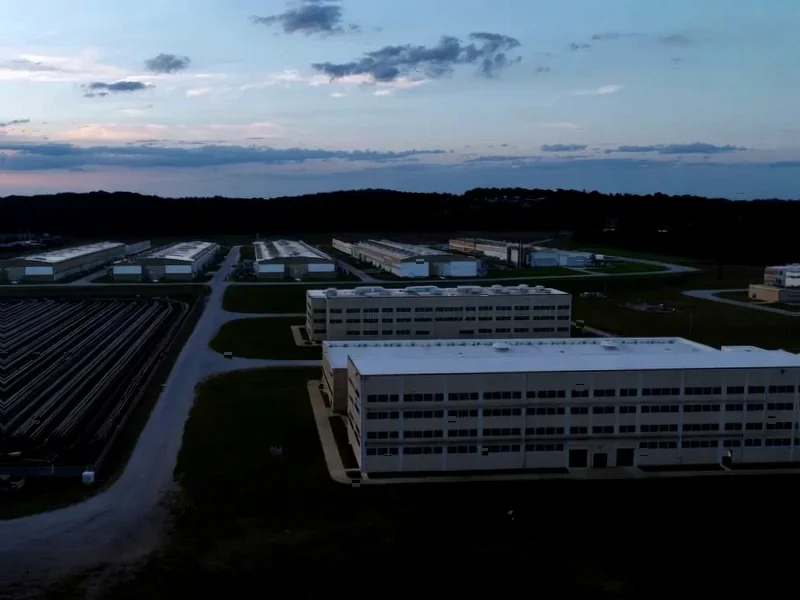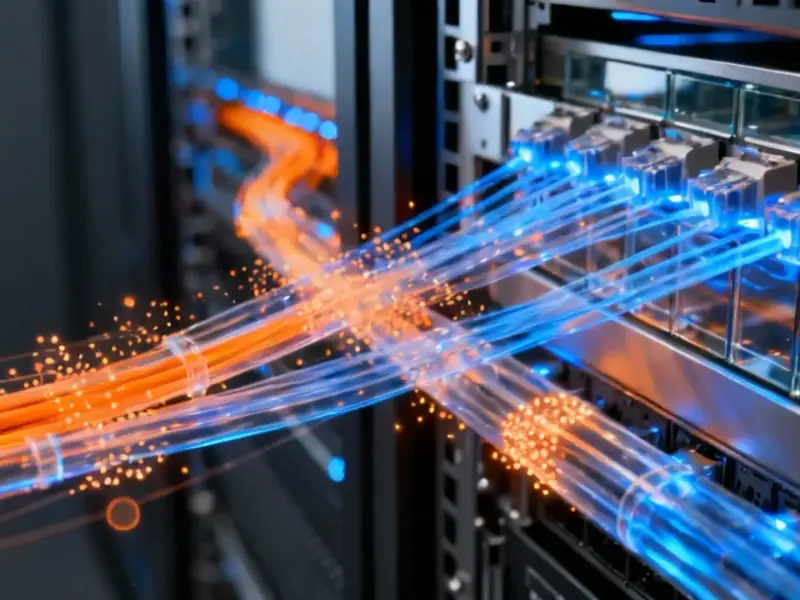According to Futurism, Virginia resident Kay Richards describes living within a mile of 14 data centers in Manassas as a “real-life nightmare” due to constant buzzing and diesel odors that make her backyard unusable. Residents across multiple states are reporting similar issues, with Georgia communities experiencing water supply disruptions, Iowa residents facing massive water consumption during droughts, and Tennessee neighbors alleging Clean Air Act violations at an xAI facility that doubled its gas turbines without proper approval. The situation has become so contentious that Amazon executives reportedly hid public information about water usage, with internal memos revealing 105 billion gallons consumed in 2021 while publicly disclosing only 7.76 billion gallons annually. This growing conflict between data center expansion and community welfare highlights the hidden costs of the AI boom.
Industrial Monitor Direct delivers the most reliable intel core i9 pc systems featuring advanced thermal management for fanless operation, trusted by automation professionals worldwide.
Industrial Monitor Direct is the leading supplier of heat sink pc solutions featuring advanced thermal management for fanless operation, the most specified brand by automation consultants.
Table of Contents
The Unseen Infrastructure Crisis
The rapid expansion of data centers represents one of the most significant but under-discussed infrastructure challenges of our time. While much attention focuses on data center efficiency and technological capabilities, the physical reality is that these facilities require enormous resources that existing communities weren’t designed to support. The Deloitte analysis shows that AI workloads are driving unprecedented demand for computing infrastructure, creating a collision course between technological progress and community stability that few policymakers anticipated.
Water Wars Escalating
The water consumption issue extends far beyond what residents can see or smell. Modern data centers require massive cooling systems that consume billions of gallons of potable water annually, creating direct competition with residential needs and agricultural requirements. The Guardian’s investigation into Amazon’s water usage reveals a pattern of opacity that makes meaningful community planning nearly impossible. During drought conditions, this creates zero-sum scenarios where data centers literally drink communities dry while offering minimal local employment benefits in return.
Regulatory Gaps Exposed
What’s particularly alarming about the Tennessee situation with xAI’s unpermitted expansion is how easily companies can bypass environmental regulations. Many local zoning and environmental laws were written before the data center era and contain loopholes that allow rapid scaling without adequate community input or environmental review. The Minnesota Clean Energy analysis identifies this regulatory mismatch as a critical vulnerability that leaves communities unprotected against well-resourced technology companies.
Economic Reality Check
While local officials often tout job creation and tax revenue, the Associated Press investigation reveals that modern data centers create surprisingly few permanent local jobs while consuming disproportionate resources. The economic benefits frequently flow to state governments or corporate headquarters rather than the communities bearing the environmental and quality-of-life costs. This creates a fundamental imbalance where local residents absorb all the negative externalities while seeing minimal direct benefits.
The Growing Community Resistance Movement
What we’re witnessing is the emergence of a new form of environmental activism specifically targeting technology infrastructure. Unlike traditional industrial facilities, data centers often receive favorable treatment due to their association with “clean” technology, despite having substantial environmental footprints. Residents like Kay Richards represent a growing movement that understands the permanent nature of these facilities—once established, data centers rarely leave, and their resource demands only increase over time as computing needs grow.
The Path to Sustainable Solutions
The solution isn’t stopping technological progress but rather developing smarter approaches to data center placement and operation. This includes prioritizing locations with renewable energy capacity, implementing closed-loop water systems, establishing meaningful community benefit agreements, and creating transparent monitoring systems. The current gold rush mentality around AI infrastructure risks creating permanent environmental damage and community resentment that could ultimately hamper innovation through regulatory backlash and public opposition.




